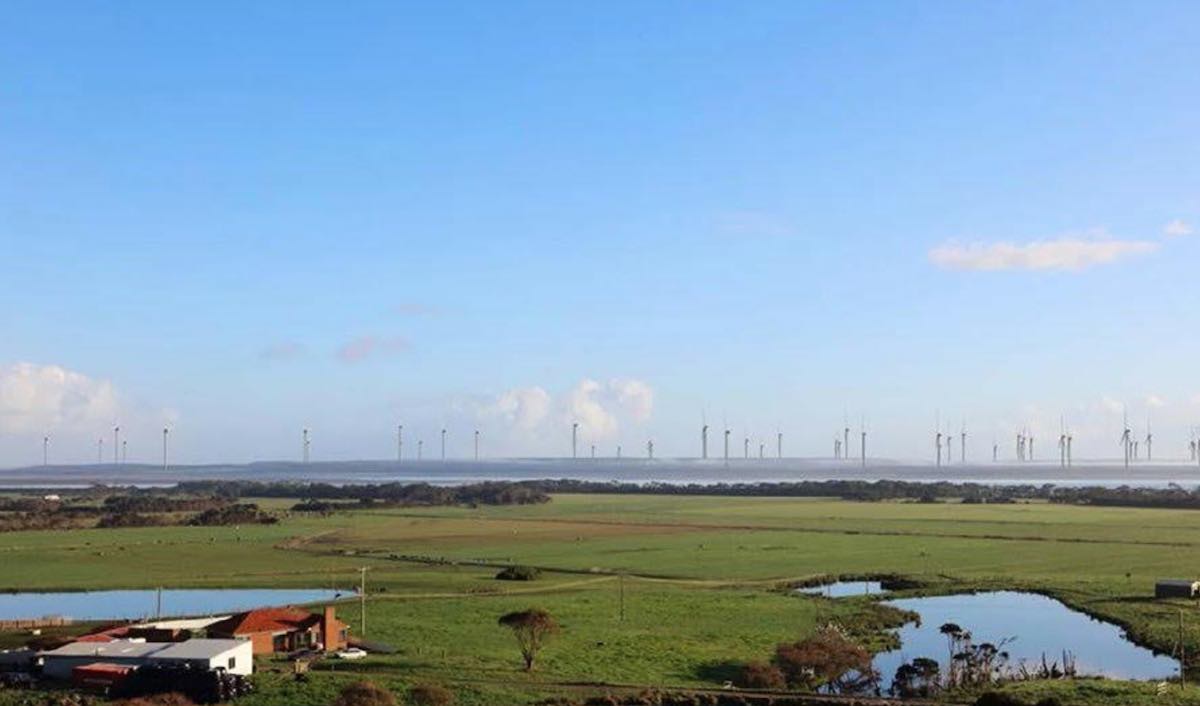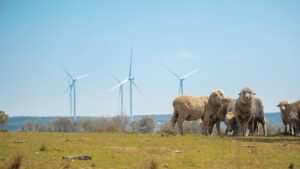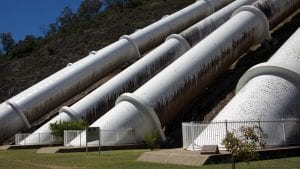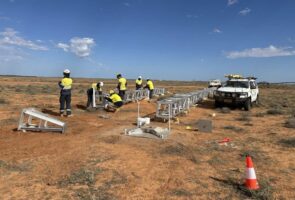A requirement for a proposed 100-turbine wind project in Tasmania to shut down for five months to safeguard a critically endangered parrot has been overturned.
The $1 billion-plus project on Robbins Island in Bass Strait off the island state’s northwest was given approval by Tasmania’s Environment Protection Authority in 2022 on the condition turbines shut down for five months a year when the orange-bellied parrot migrates.
The parrot, which flies between mainland Australia and southwest Tasmania, has a population of roughly 70 and is propped up by releases from a captive breeding program.
The wind farm’s proponent, ACEN Australia, on Monday won an appeal against the shutdown condition that will allow the project to operate throughout the year.
The Tasmanian Civil and Administrative Tribunal ruled the 900MW project posed a “very low” risk to the recovery of the parrot and should not be refused on that basis.
Tasmanian Premier Jeremy Rockliff described the decision as “pragmatic”.
“(This) decision recognises that an appropriate balance needs to be struck between enabling renewable energy projects and protecting our native species,” he said.
“Our government understands the need for greater renewable supply, and we cannot allow single-minded agendas to override the best interests of all Tasmanians.”
The Bob Brown Foundation said the proposal was a calamity and would prove destructive for the parrot and other wildlife, including wedge-tailed eagles and Tasmanian devils.
The Bob Brown Foundation says a wind farm will prove destructive for the orange-bellied parrot.
“Instead of turning off wasted electricity, we will wreck another surviving stronghold of natural wildlife diversity in Australia,” Dr Brown said.
Energy market expert Grant Draper, who gave evidence for ACEN, said a shutdown of more than four weeks would have rendered the proposal unviable.
Bird experts who gave evidence agreed Robbins Island was within the known migration path of the parrot but it was not contended all parrots crossed the island, the tribunal said.
Several parrot experts have supported the five-month shutdown.
The tribunal also heard evidence searching over 10 years at two wind farms in the parrots’ migratory path had never uncovered a carcass of the species.
The tribunal also took into account offsets offered by ACEN towards parrot conservation, including $100,000 per year for a decade towards captive breeding.
ACEN has also proposed contributing $250,000 towards a parrot radio tracking program.
“Those offsets have the potential to improve the body of knowledge of (the parrots) in a way that could lead to more protective measures and consequential reductions in non-breeding area mortalities generally,” the tribunal said.
The project still requires approval from the Commonwealth.
ACEN says the wind farm will create up to 400 construction jobs and up to 65 ongoing roles.
ACEN Australia managing director David Pollington said the company had undertaken exhaustive and robust environmental assessments.
This included reducing turbine numbers and heights and AI-driven bird flight path monitors to stop turbines when birds fly through the area, he said.
AAP








